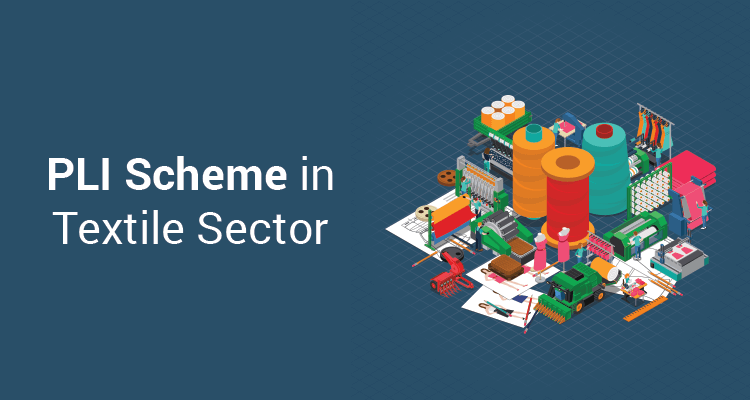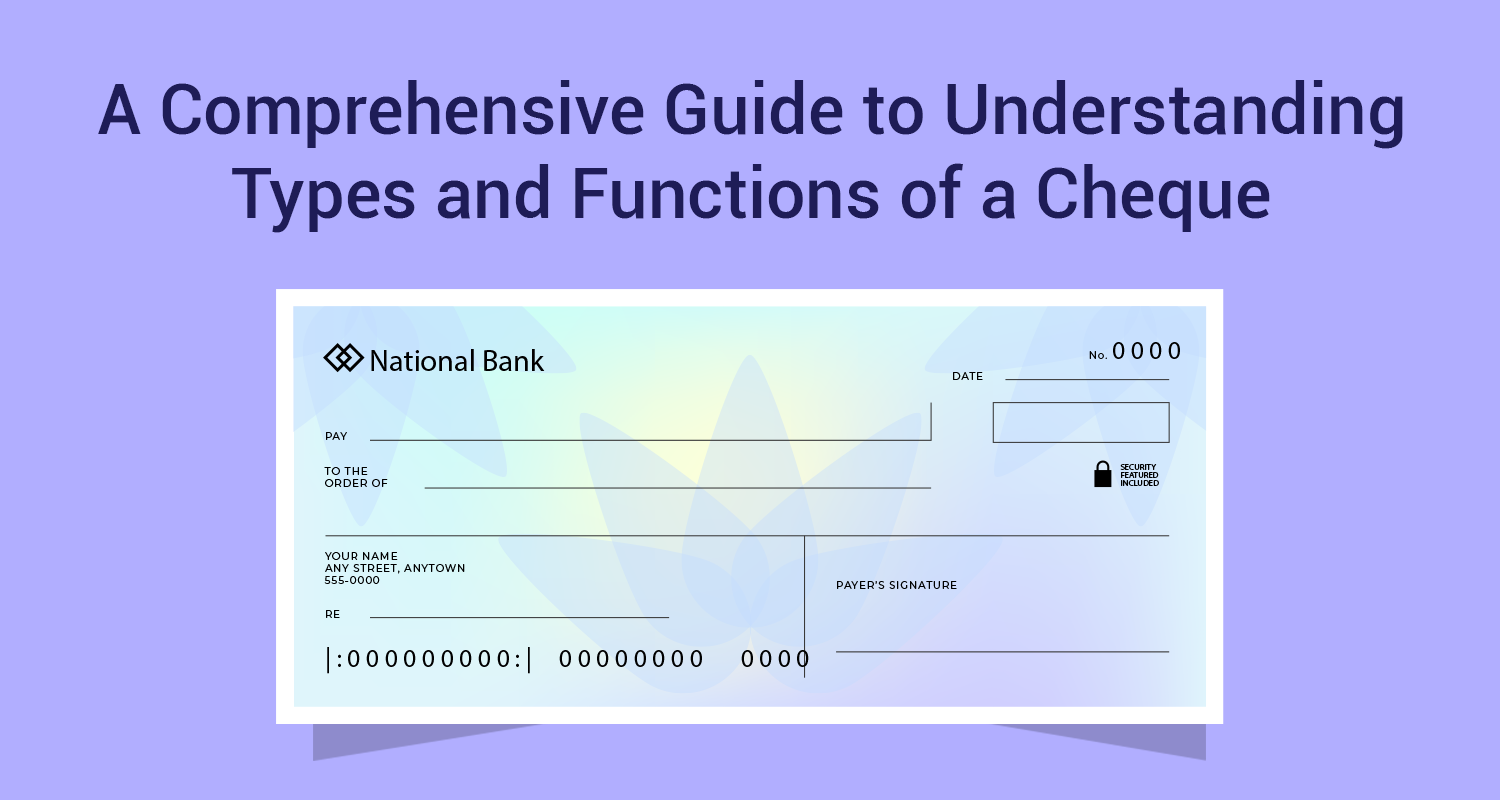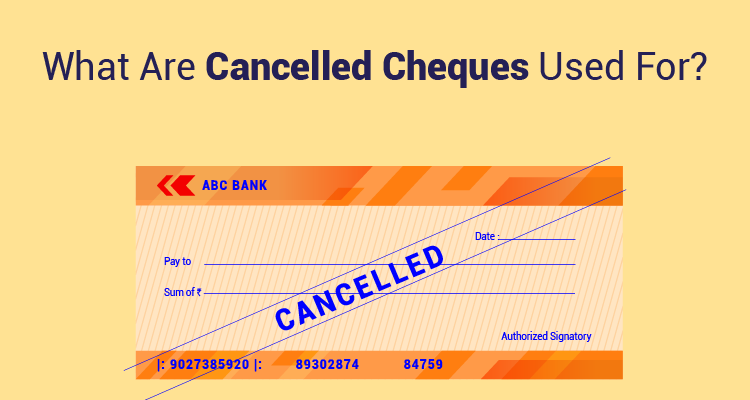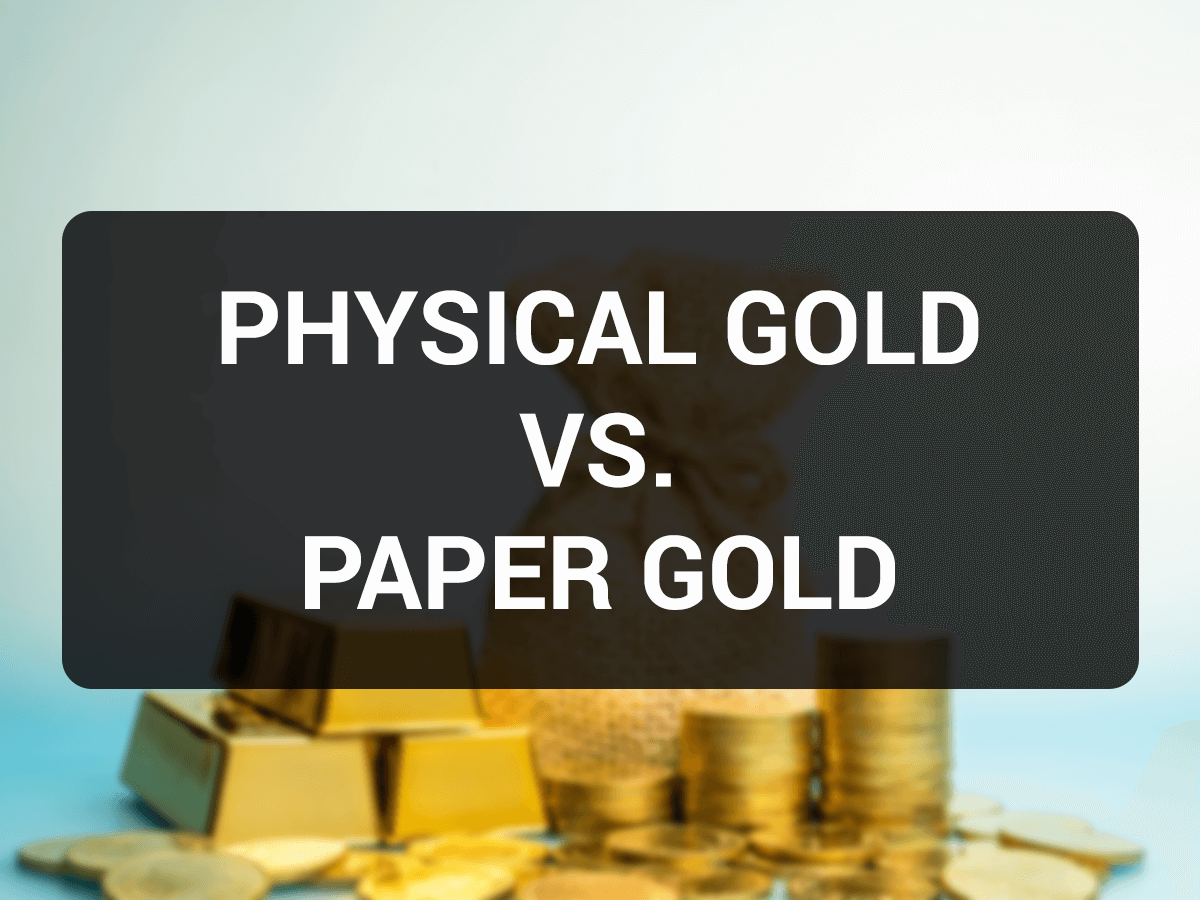PLI Scheme In Textile Sector

India is a leading global manufacturer of textiles. FY 20-21 estimates show that the Indian textile industry is worth $75 billion. More than 12% of global exports come from the Indian textile and apparel industry. Although the government has existing programs such as RoDTEP, among others, the launch of the PLI scheme could open up new opportunities for the sector.
The Indian government has approved Production-linked Incentive (PLI) schemes to boost domestic textile production and exports, including Man-Made Fibre (MMF), garments, and technical textiles. Here is a comprehensive breakdown of the PIL scheme in the textile industry.The PLI Scheme In The Textile Industry: An Overview
In March 2020, the Union Government introduced the PLI or Product-linked Incentives scheme to reduce import costs. Implemented in December 2021, the undertaking aims to empower India to become self-sufficient.With the Atma Nirbhar Scheme (or self-reliance scheme), India can produce and manufacture goods within its borders. As a result, the state saves unwelcome taxes and provides new opportunities for its citizens. The PLI scheme maintained the same objective - to boost the economy and create new employment opportunities.
Local companies can also set up new manufacturing facilities under the PLI scheme. Among the products covered are more than 40 categories under Man-Made fibers (MMF) and ten classifications under technical textiles.Within Man-Made Fibers, the scheme will cover products such as trousers, bandages, shirts, pullovers, and safety airbags.
The technical textile segment, however, is a relatively new product in the Indian market. Thus, its use in various sectors, such as defense, automobiles, water, health, and aviation, can improve its marketability.The government also introduced a National Technical Textiles Mission to aid the sector's research and development. PLI offers new investment opportunities in this sector as well.
PLI Scheme Roadmap
With such a massive budget allocated to Indian textiles, the government hopes to accomplish a few things, including the following.• Ensure that all existing manufacturing industries receive the necessary resources to achieve the objectives of the PLI scheme.
• Obtain raw materials at a reasonable price. Small-scale manufacturers will mainly benefit from this.
• Manufacturers will also receive adequate resources to market their products and make their products discoverable.
• PLI Scheme implementation will possibly result in thousands of "good-paying" jobs over the next few years. Thus, people from remote areas can find suitable jobs.
PLI Scheme Benefits For Textile Industry
Some immediate benefits of the PIL scheme include the following.• With the PLI Scheme, textile industries will generate more than 7.5 lakh jobs and yield a turnover of INR 3 lakh crores. Additionally, the scheme will create thousands of additional jobs in the supporting industries.
• Investments under the PIL Scheme will also be prioritised in Tier 3 and Tier 4 cities, making it easier for people to explore opportunities in these areas.
• As an industry, textiles can also focus more on employing women and celebrating women's success.
• As a result of the scheme, states like UP, Gujarat, Tamil Nadu, Maharashtra, and Punjab will experience positive economic growth.
• PLI scheme benefits raw material importers by reducing customs duty, a dampening factor in the past.
Incentive Offered
During the next five years, the textile sector will receive incentives worth Rs 10,683 crore through the PLI Scheme.Two types of investments are available, each with its incentive structure.
First Part
An individual (including a firm or company) looking to invest a minimum of Rs. 300 crores in the plant, equipment, machinery, and civil works (excluding the cost of land and administrative building) for the production of products from Notified lines (MMF Fabrics, Garments) and Technical Textiles is eligible to participate in the first phase.Second Part:
Those looking to participate in the second part of the scheme (including firms/companies) must invest a minimum of 100 crores. Furthermore, the incentive will prioritise Aspirational Districts, Tier 3 towns, and Tier 4 villages for investment, pushing the industry into backward areas.Other Features Of PLI For The Textile Sector
• Incentives have been designed to encourage the industry to invest in new capacities in these segments.
• As a result, the high-value MMF segment will get a significant boost, complementing the efforts of the cotton and other natural fiber-based textiles industries to create new employment opportunities and trade. The result will be India regaining its historical leadership position in the global textile trade.
Get Financial Help From IIFL Finance
Are you running short on funds to fulfil your personal and professional dreams? Get the right financing from IIFL Finance. With various loans available—home and gold loans to business loans—IIFL has a financing product to suit all your needs. Moreover, our competitive interest rate and flexible tenure make repayment a breeze!FAQs
Q1. Once a company has enrolled in PIL, can it apply for any other incentive schemes?
Ans. PLI scheme is a unique textile incentive scheme that does not affect any other incentive-based plan at the state or central level.
Q2. Under the PLI scheme, who qualifies as an applicant?
Ans. Applicants must be Indian-incorporated and propose to manufacture one or more eligible products within the target segment specified by the Companies Act 2013.
Disclaimer : The information in this blog is for general purposes only and may change without notice. It does not constitute legal, tax, or financial advice. Readers should seek professional guidance and make decisions at their own discretion. IIFL Finance is not liable for any reliance on this content. Read more



